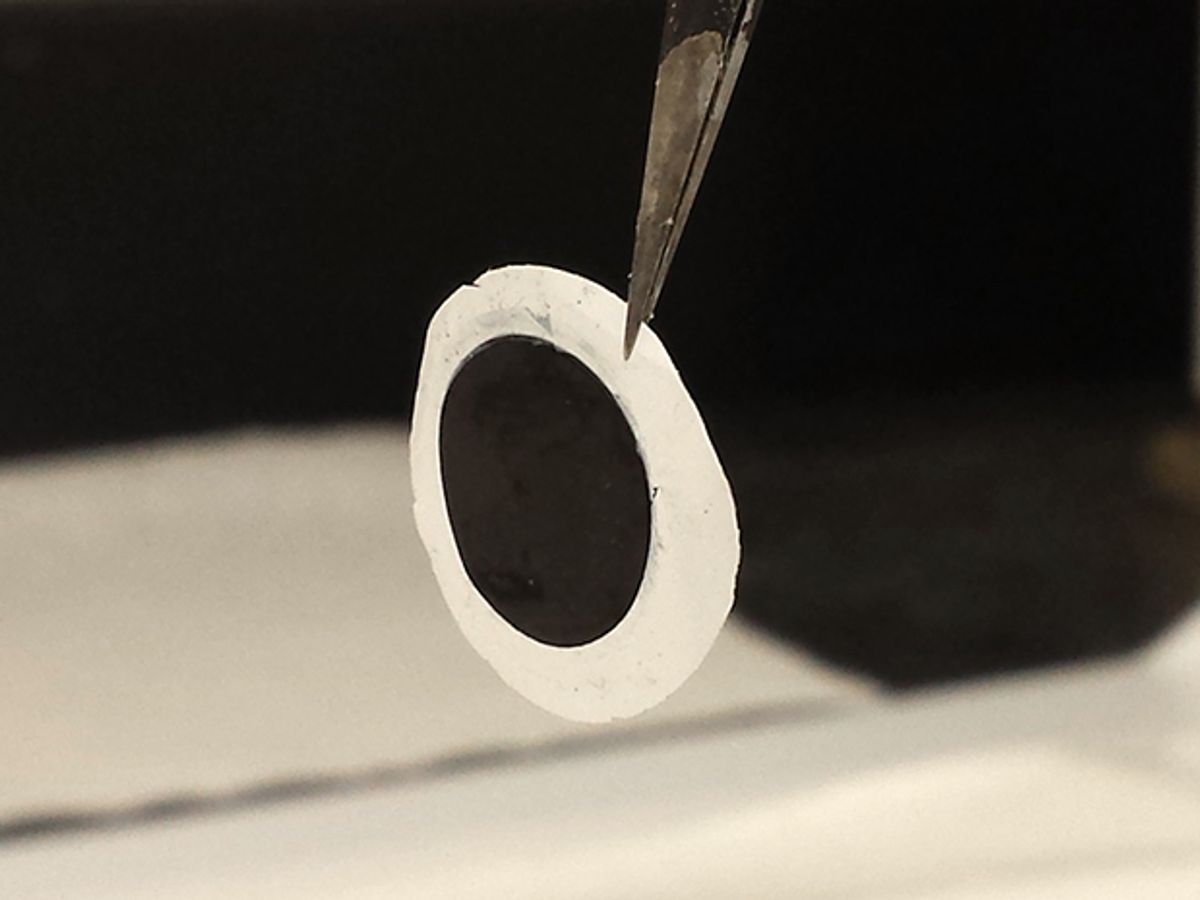In the annals of nanomaterial development, it’s hard to think of a research focus to which more effort has been devoted than creating an alternative to activated carbon for the electrodes in energy storage devices.
Graphene has been wrestled with for years, with the aim of producing electrodes for supercapacitors that will give these storage devices something close to the energy storage capabilities of lithium-ion (Li-ion) batteries. And we’ve seen the travails of researchers trying to use nanostructured silicon to make Li-ion batteries better suited to powering the next generation of all-electric vehicles. Despite all this effort, activated carbon has yet to cede its position as the material of choice—even though it is often little more than charred coconut husks.
Now researchers at Drexel University and Temple University have taken on the challenge of replacing activated carbon. But they decided that, rather than dispensing with it altogether, they’d use nanomaterials to make it better.
In research described in the journal ACS Applied Materials, the researchers used electro-spun carbon nanofibers and a gel rather than an electrolyte solution to create a safe, solid-state electrode for supercapacitors. The end result is a supercapacitor with a relatively high energy density and reduced manufacturing costs.
While the newly developed electrodes’ measured energy density of 65 watt-hours per kilogram compares favorably with the 45 Wh/kg reported in the literature, this may not represent one of the key breakthroughs of the technology. Instead, the nanofibers eliminate one of the key problems with activated carbon electrodes: the binding agents used to make them.
Traditional activated carbon is synthesized in powder form. In order to make an electrode with this powder, it is mixed with binding agents and a solvent (that’s not environmentally friendly) to make slurry that hardens into the shape needed for a particular device.
These binders (10 to 15 percent of the electrode’s mass) not only add dead weight to the device, but also deteriorate performance because they act as insulators rather than conductors. In addition, the slurry processing is a complex and expensive process, representing as much as 20 percent of the electrode’s manufacturing cost.
But by leaving the binders out of their electrode recipe, the researchers sidestepped these issues. “Our electrodes are synthesized directly as a freestanding non-woven mat of nanofibers eliminating the need for binders or slurry processing,” said Vibha Kalra an associate professor at Drexel who co-authored the paper, in an e-mail interview with IEEE Spectrum. “They are device-ready and are directly incorporated into the supercapacitor.”
The elimination of the binders also provided much more open macropore structure due to well-defined 3D inter-fiber spacing, which enabled easy infusion of the solid electrolyte precursor, according to Kalra.
As a bit of background, current commercial supercapacitors (and batteries) employ a liquid organic electrolyte—an essential medium for transport of ions between the negative and positive electrodes of the device. These liquids are flammable and can be potentially unsafe if the device is abused or not used within the recommended temperature and voltage windows. One well-known example is the spontaneous combustions of batteries in the Samsung Galaxy Note 7 smartphones.
While solid-state devices are attractive, they do come with ion transport issues between the two electrodes, according to Kalra. Ion transport in a solid medium can be orders of magnitude slower than in a liquid medium, resulting in significant reduction of performance.
“We have overcome this by immobilizing molten ionic salts into a benign polymer (solid) network allowing ion transport properties [comparable to those of liquid electrolytes],” said Kalra.
Solid-state supercapacitors are frequently flexible, but Kalra concedes that the devices the Drexel team has developed are not fully flexible. “This work is currently underway and is the next step in our research,” Kalra adds. “As of now, the key advantage of this solid state device is elimination of flammable components.”
While work on developing the device’s flexibility continues, the manufacturing process used for making the devices has already proven to be scalable and has been adopted commercially for large-scale manufacturing of nanofiber-based materials in filters.
In continuing research, Kalra and her colleagues are looking at wearable electronics based their novel material and manufacturing technique.
Kalra adds: “The non-woven nanofiber format of the developed electrodes make them excellent candidates smart fabrics. To realize this opportunity, we will need to enhance the flexibility of these developed electrode-electrolyte networks.”
Dexter Johnson is a contributing editor at IEEE Spectrum, with a focus on nanotechnology.



